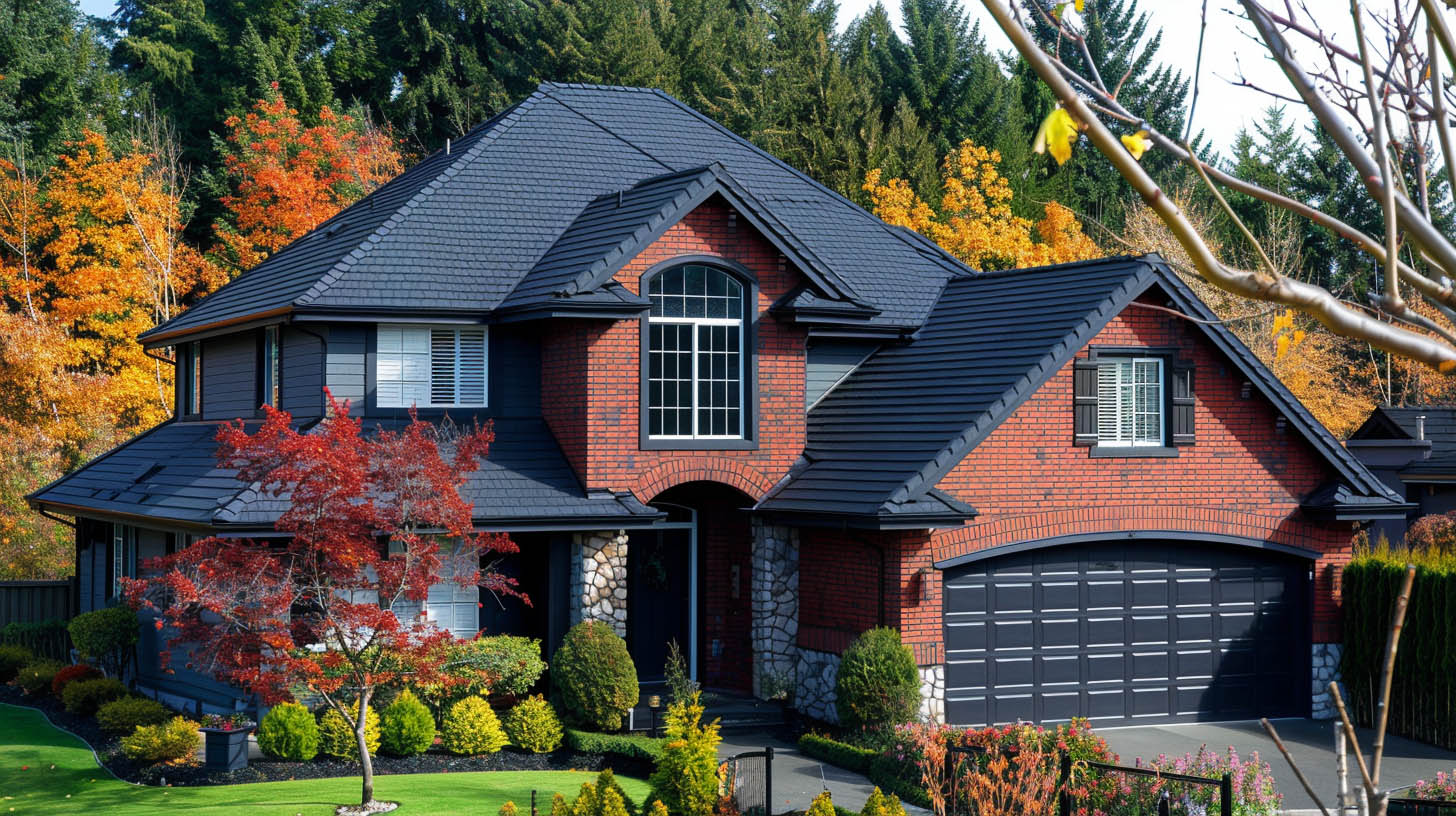Understanding the lifespan of a residential roof and how to extend it is crucial for homeowners looking to make the most of their investment. The longevity of a roof depends on several factors, including material quality, installation expertise, environmental conditions, and regular maintenance. Here, we explore these elements in detail and provide practical advice for prolonging your roof's life.
Roofing Material Lifespan
Asphalt Shingles
Asphalt shingles, renowned for their affordability and straightforward installation, stand as the prevailing choice in roofing materials. Ordinarily, these shingles maintain their integrity for approximately 20 to 30 years. Advancements in shingle technology have given rise to architectural shingles, boasting superior durability and prolonged longevity compared to the conventional 3-tab shingles.
Metal Roofing
Metal roofs are known for their durability and longevity, often lasting 40 to 70 years. They are resistant to severe weather conditions, making them an excellent choice for areas prone to storms, hail, or extreme temperatures.
Tile and Slate
Tile roofs, whether clay, concrete, or slate, offer remarkable longevity, with lifespans ranging from 50 to over 100 years. These materials are highly resistant to fire, rot, and insect damage, making them a premium roofing solution for homeowners.
Wood Shingles and Shakes
Wood shingles and shakes provide a natural aesthetic with a typical lifespan of about 25 to 30 years. They require more maintenance than other roofing types but can last longer with proper care and periodic treatments for weather resistance and fire retardation.
Factors Affecting Roof Longevity
Climate and Environmental Exposure
The local climate plays a significant role in determining the lifespan of a roof. Extreme weather conditions, such as high winds, hail, and fluctuating temperatures, can accelerate wear and tear. Roofs in milder climates tend to last longer due to less severe environmental stress.
Quality of Installation
A roof’s lifespan is heavily influenced by the quality of its installation. Employing skilled professionals, like those at Summit Exteriors in Coeur d'Alene, ID, ensures that roofing materials are installed correctly and according to manufacturer specifications. This precision extends the roof's life and enhances its performance.
Proper Ventilation and Insulation
Adequate attic ventilation and insulation are critical to preventing heat and moisture buildup that can damage the roof structure over time. Proper airflow helps regulate temperature and moisture levels, protecting the roof from potential issues like ice dams and mold growth.
Maintenance Tips to Extend Roof Life
Regular Inspections and Repairs
Conducting bi-annual roof inspections, either by the homeowner or through a professional service, is vital. These inspections can identify potential issues early, such as missing shingles or minor leaks, before they require costly repairs or full replacements.
Debris and Gutter Maintenance
Keeping the roof free of debris and ensuring that gutters are clean and functional prevents water accumulation and promotes proper drainage, reducing the risk of water damage and extending the roof’s lifespan.
Preventative Measures
Applying sealants, cleaning algae and moss, and replacing worn or damaged shingles can all extend a roof’s life. Homeowners should also trim overhanging tree branches to reduce wear and tear from abrasion and to prevent damage from fallen limbs.
Conclusion
The lifespan of your residential roof can vary significantly based on the materials used, the quality of installation, and how well it is maintained. By choosing high-quality materials, ensuring professional installation, and adhering to a regular maintenance schedule, homeowners can maximize their roof's lifespan. At Summit Exteriors, we pride ourselves on delivering exceptional service and expertise, ensuring that every roof we work on is built to last and protect your home for years to come.



